Financial inclusion has been a critical challenge for decades, with millions of people worldwide lacking access to traditional banking services. However, the advent of digital finance and financial technology (FinTech) is reshaping the landscape, offering innovative solutions to tackle financial exclusion. By leveraging technology, FinTech companies are breaking barriers to access, affordability, and usability, offering opportunities to individuals and businesses who were once excluded from the formal financial system.
Understanding Financial Inclusion and Its Challenges
What is Financial Inclusion?
Financial inclusion refers to the ability of individuals and businesses to access affordable and useful financial products, such as savings accounts, credit, insurance, and payment systems. It enables people to participate in the economy, save for the future, and improve their overall quality of life.
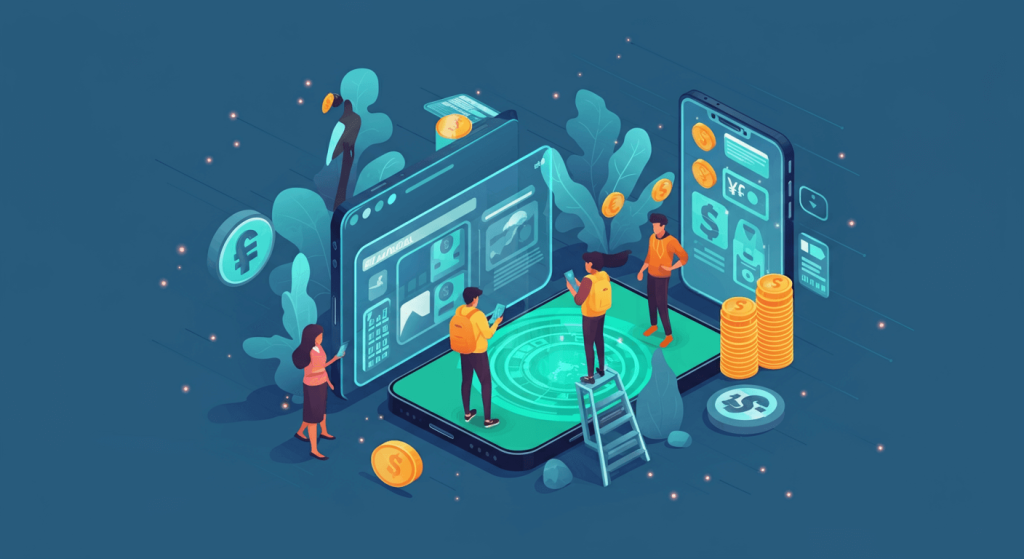
The Scope of Financial Exclusion
Despite advancements, approximately 3 billion adults around the world remain unbanked, according to the World Bank’s Global Findex Database 2025. The reasons vary:
- Limited access to banking infrastructure in rural or remote areas
- High fees associated with traditional banking services
- Documentation barriers, such as the lack of government-issued IDs
- Low financial literacy rates
- Distrust of traditional financial systems
These barriers disproportionately affect women, low-income populations, and small businesses, perpetuating cycles of poverty and economic disparity.
This is where digital finance and FinTech step in.
How Digital Finance and FinTech Empower Financial Inclusion
1. Mobile Money and Payments
One of the most revolutionary innovations in financial inclusion is mobile money. Platforms such as M-Pesa in Kenya have demonstrated the power of mobile technology to bring banking to the unbanked. By using basic mobile phones, individuals can:
- Send and receive money
- Pay for goods and services
- Access microloans and savings accounts
Mobile payment systems also eliminate the need for physical bank branches, making them accessible to people in rural and underserved areas. According to the GSMA, mobile money services have reached over 1.35 billion registered accounts worldwide.
Example: M-Pesa has been credited with lifting nearly 2% of Kenya’s households out of poverty by providing financial tools that improve savings, investments, and access to credit.
2. Microloans and Peer-to-Peer Lending
FinTech platforms are democratizing access to credit through microloans and peer-to-peer (P2P) lending:
- Microloans are small loans offered to individuals or businesses who lack access to traditional credit systems. They cater to low-income entrepreneurs, allowing them to start or expand businesses.
- P2P lending platforms, like LendingClub and Funding Circle, connect borrowers directly with lenders, reducing reliance on traditional banking institutions.
These platforms often use alternative data (like utility payments) to assess creditworthiness, opening doors for those with no formal credit history.
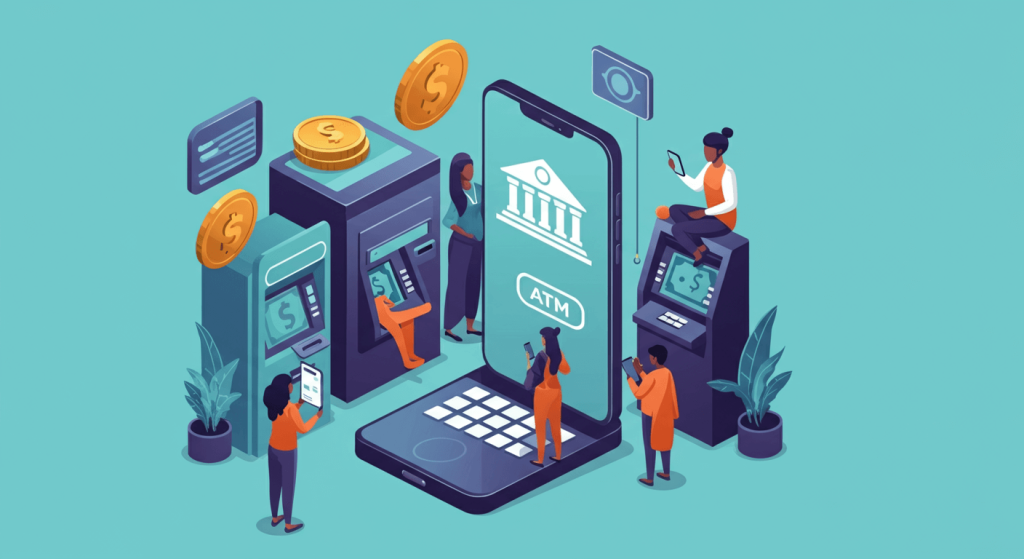
3. Digital Wallets and Seamless Transactions
Digital wallets, such as PayPal, Venmo, and Alipay, allow users to store funds and make seamless online and offline transactions. What makes them effective for financial inclusion is their simplicity and low cost:
- No need for a traditional bank account to store or transfer money
- Instant access to funds and payments
- Integration with e-commerce platforms for small business owners
For small vendors and gig economy workers, these wallets enable them to participate in the global economy without traditional banking barriers.
4. Blockchain for Transparency and Security
Blockchain technology is transforming the way financial transactions are conducted, providing secure, transparent, and tamper-proof systems. Some key applications include:
- Cross-border payments with lower transaction fees and faster processing times compared to traditional methods.
- Decentralized finance (DeFi) platforms offering banking-like services (loans, savings, and investments) without the need for a central authority.
- Secure identification systems that allow people without formal documentation to verify their identity digitally.
Example: Sikka, a blockchain-based platform, is helping farmers in India access credit by using land records stored on a blockchain as collateral.
5. Financial Education and Literacy Tools
FinTech companies are leveraging mobile apps to improve financial literacy among underserved populations. These apps use gamification, videos, and interactive quizzes to teach users about saving, budgeting, and investing.
Example: Tala, an app targeting emerging markets, provides financial education alongside microloans to help users make informed decisions and improve their financial standing.
6. AI-Driven Products for Personalization
One of the standout features of FinTech is its ability to deliver personalized financial solutions using artificial intelligence (AI). AI-driven tools analyze individual behavior and spending patterns to:
- Recommend savings plans
- Prevent overspending
- Flag fraudulent activity
This tailored approach ensures that even those with minimal financial knowledge receive guidance suited to their specific needs.
The Broader Impacts of Digital Finance on Society
Beyond providing access to financial tools, digital finance contributes to:
- Economic Growth: By enabling small businesses to scale and thrive, digital finance drives entrepreneurship and job creation.
- Gender Equality: Women, who often face systemic barriers to financial access, benefit significantly from digital finance platforms like mobile money services.
- Resilience to Financial Shocks: Access to savings and credit empowers low-income populations to better weather emergencies like natural disasters or medical crises.
Challenges in Scaling Financial Inclusion Through FinTech
While the benefits of digital finance are evident, challenges remain:
- Technology Gaps: Digital finance requires internet connectivity and smartphone penetration, which are not universally available.
- Regulatory Hurdles: Governments and regulators must balance innovation with consumer protection and fraud prevention.
- Data Privacy Concerns: With digital platforms collecting vast amounts of personal data, ensuring privacy and security is paramount.
Collaboration among governments, financial institutions, and technology providers is essential to overcoming these obstacles.
How to Leverage FinTech Solutions for Your Needs
If your organization operates in underserved areas or seeks to improve financial literacy and inclusion, consider partnering with FinTech providers that specialize in:
- Mobile payment systems for expanding payment networks
- Microfinance platforms for reaching new customer bases
- Blockchain-based solutions for cheaper, faster international money transfers
Additionally, FinTech can help small businesses optimize cash flow, reduce operational costs, and tap into new markets.
Building a Financially Inclusive Future
Financial inclusion is no longer just a social imperative but also a key factor in economic development. Thanks to digital finance and FinTech, people and businesses in underrepresented markets now have tools to save, borrow, and grow.
By addressing barriers to financial services through innovation and collaboration, we can create a more equitable global economy. For businesses, integrating FinTech solutions isn’t just an operational advantage; it’s a step toward fostering inclusivity and sustainability.
Are you ready to unlock new opportunities? Discover how emerging FinTech tools can work for you.
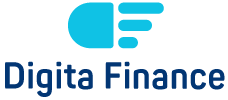


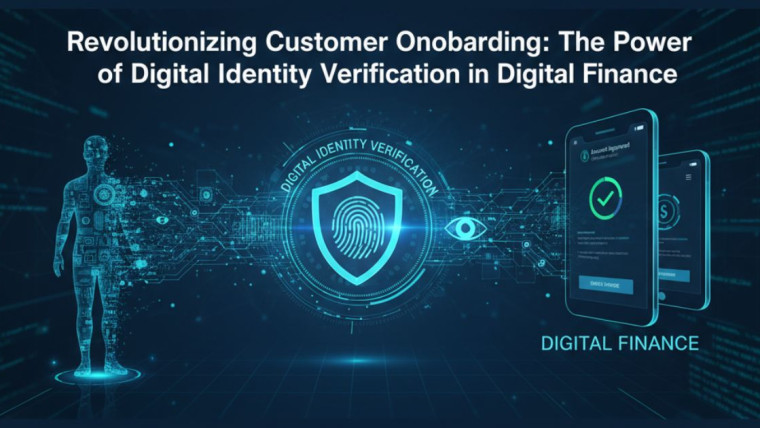
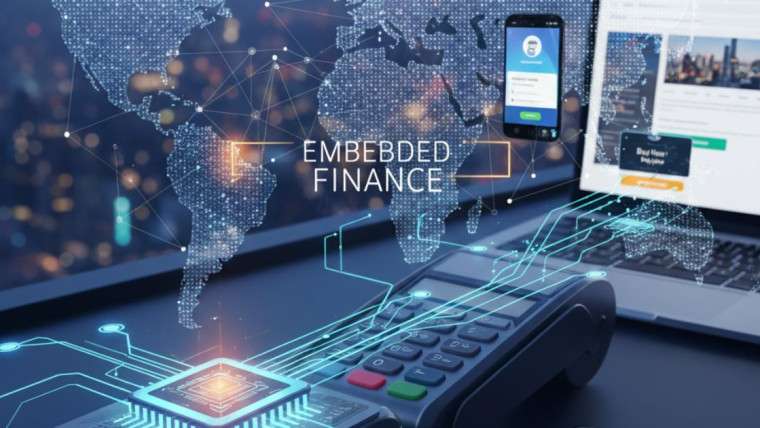



Cybersecurity in Digital Finance: A Guide to Asset Protection
Understanding Digital Financial Innovation and Its Impact
Revolutionizing Customer Onboarding: The Power of Digital Identity Verification in Digital Finance
The Rise of RegTech: FinTech Compliance Tools You Need to Know
Digital Identity Verification in Finance: Enhancing Security and Compliance
Revolutionizing Customer Onboarding: The Power of Digital Identity Verification in Digital Finance
Embedded Finance in 2026: How Digital Platforms Seamlessly Integrate Financial Services
How Fintech Is Revolutionizing Small Business Financing